- About us
- Support the Gallery
- Venue hire
- Publications
- Research library
- Organisation chart
- Employment
- Contact us
- Make a booking
- Onsite programs
- Online programs
- School visit information
- Learning resources
- Little Darlings
- Professional learning
3 minutes 27 seconds
This portrait by John Tsiavis is of Tan Le, an innovator in the field of neurotechnology.
This is a complex construction of a 1.2 metre diameter, circular photograph of Tan on a mirror surface, sandwiched between thick layers of highly reflective, translucent materials and lit from behind by an LED lightbox. This causes Tan’s image to blur significantly unless viewed directly, front on. The work’s dark lustrous surface reflects the viewer and any other people or elements in the surrounding environment. The slender circular frame encompassing the work is a glossy black.
Within this circle the background is a deep velvet black. Tan is seated slightly right of centre, her body turned towards the left of the image, her head held high and her eyes looking directly at the viewer. Her hands are resting on her knee at the lower edge of the photograph.
Tan’s long dark hair is only just visible against the dark background. The faintest touch of light illuminates it as it curves gently from a side part around her face and falls in soft waves over her shoulders.
Tan’s face is angled with her chin tilted slightly upwards, turning towards us. Her warm honey-toned skin glows in contrast against the darkness. She has a high forehead and carefully shaped, arching eyebrows. Her makeup is immaculately applied; shimmering copper eyeshadow, black eyeliner and mascara enhancing her dark brown, almond shaped eyes. A tinge of pink has been dusted over her high cheekbones. Lower on her cheek is a small mole. Tan’s nose is straight and delicate and her full lips, painted with rose coloured gloss, are slightly parted. There is a second, larger mole beneath her lips on the round of her chin.
Tan’s neck is long and slender, framed by her dark hair and the rounded neckline of her black dress. The dress is fitted, with sleeves ending just above the elbow. The dark fabric is covered with intricate patterns embroidered in black thread. Sections of leather on the chest and arm, with the same designs, add subtle variations of texture and detail.
Tan’s hands rest on her knee. The fingers on her right hand are widely spaced and curved, while the left hand is relaxed closer to her body. On her left ring finger two rings sparkle, light catching the white metal and faceted stones
Audio description written by Lucinda Shawcross and ready by Amy Middleby
Tan Le (b. 1977) arrived in Australia at age four with her mother, sister, grandmother, aunt and uncle, all refugees who had undertaken the perilous boat journey from Vietnam. Inspired by her mother, Mai Ho, who became the mayor of Maribyrnong, Le helped Melbourne's Vietnamese community with training programs and counselling, all while studying law and commerce at Monash University. In 1998, her contribution led her to being named Young Australian of the Year. After working as a lawyer, Le shifted her focus to the field of technology. She moved to California's Silicon Valley and formed Emotiv Inc in 2010, a company that develops electroencephalography (EEG) headsets to detect the wearer's brainwaves, allowing them to control objects with only their thoughts. This technology holds life-changing potential for people with motor impairments.
After meeting in 2018, photographer John Tsiavis and Tan Le bonded over their migrant families and experiences of racism, and wanted to create a 'badass' and interactive portrait. The photograph is treated with a mirror coating and displayed in a lightbox. As Tsiavis noted: 'Through all these various technologies, it forces people to a) stand in front of it and b) look into it and ask themselves who Tan is, what did she do and also look at what she's contributed to Australia.'
Commissioned with funds provided by the Sid and Fiona Myer Family Foundation 2018
© John Tsiavis
The Sid and Fiona Myer Family Foundation (9 portraits supported)



On one level The Companion talks about the most famous and frontline Australians, but on another it tells us about ourselves.
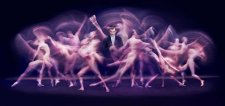
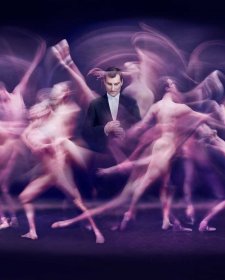
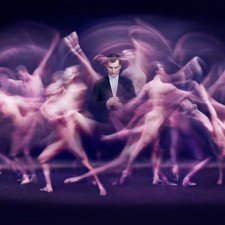
9 June 2020
Tedi Bills on how social media in the age of COVID-19 has fanned the flames of our portrait fascination.
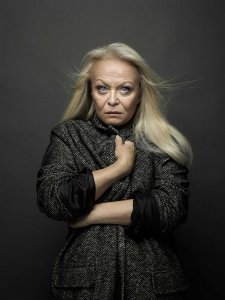
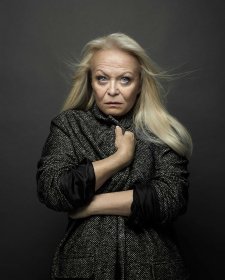
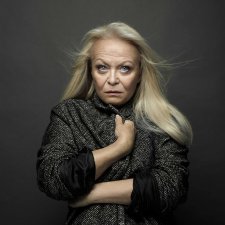
Sarah Engledow trains her exacting lens on the nine photographs from 20/20.